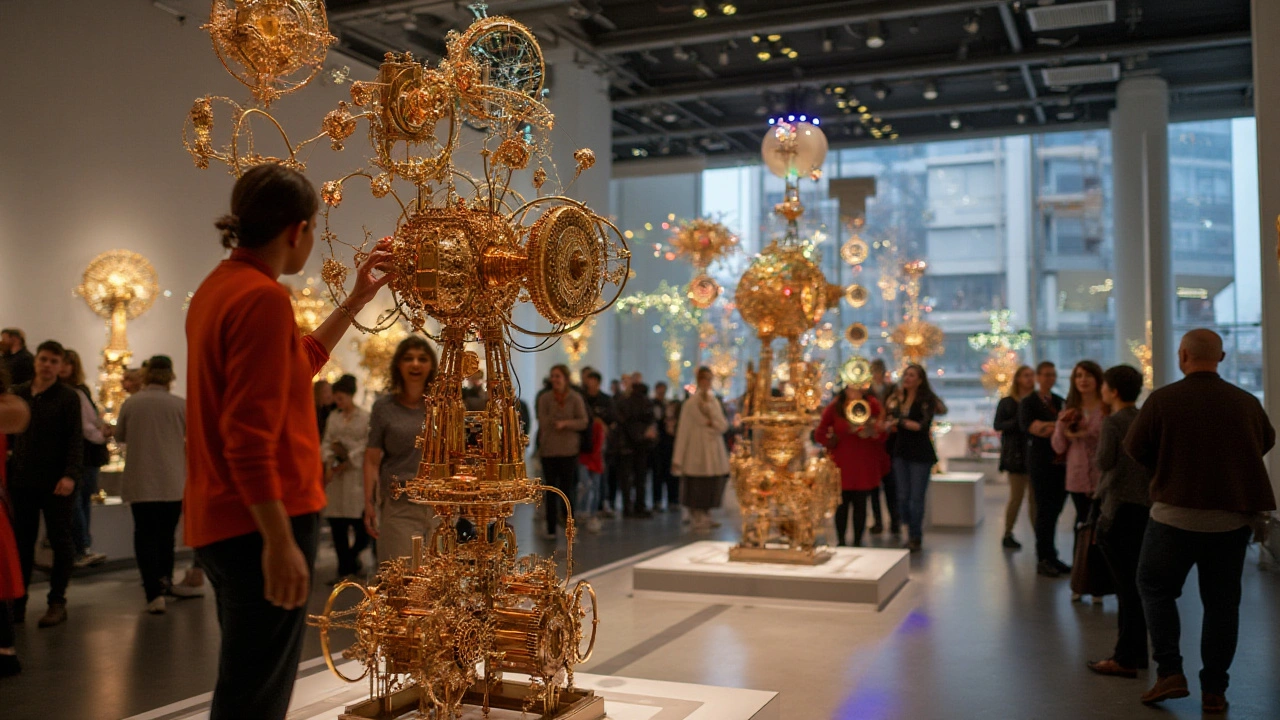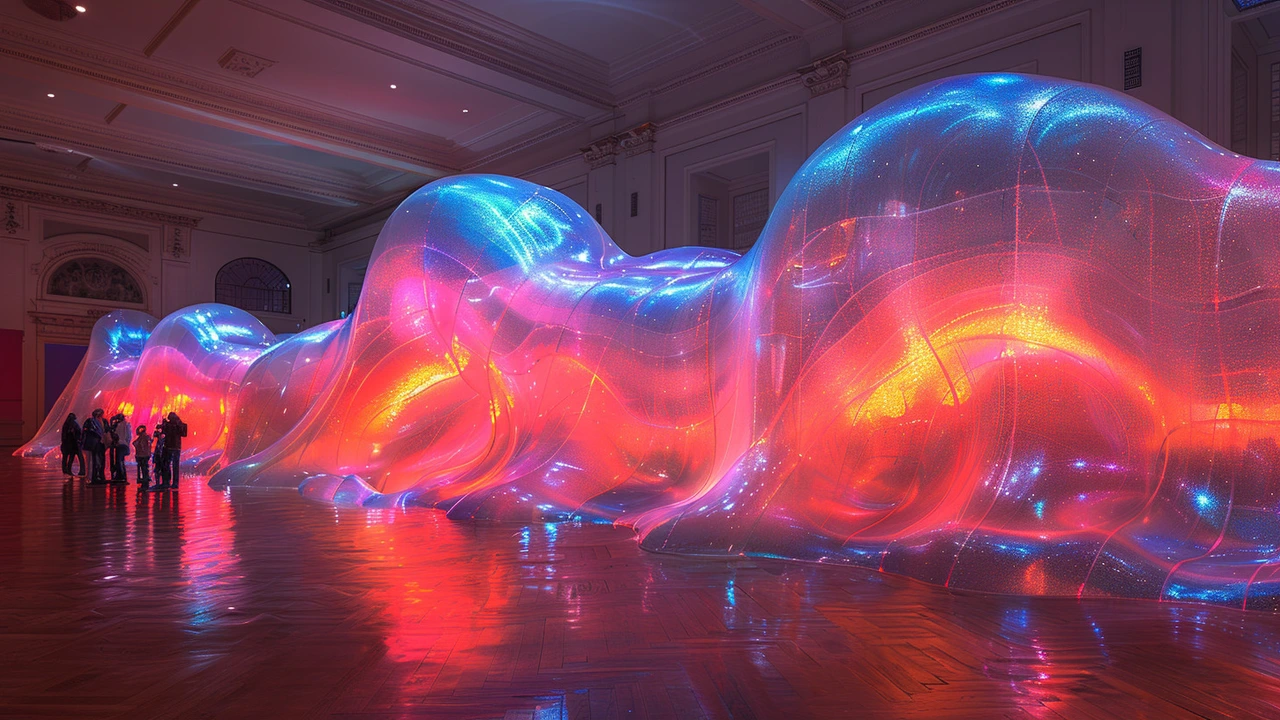Dynamic Sculptures: Moving Art, Space, and Surprise
Dynamic sculptures use motion, light, sound or viewer interaction to change over time. They can be wind-driven, motorized, responsive to touch, or programmed with sensors. The point? To turn a static object into an evolving experience that grabs attention and keeps you guessing.
Why does this matter? Because moving art transforms how we use space. A kinetic mobile in a lobby changes with each breeze; an interactive piece in a park can respond to footsteps and make the whole place feel alive. If you like art that surprises you, dynamic sculptures deliver.
How artists make them
Start with an idea: what will move, and why? Common methods include simple mechanics (weights, pulleys), electric motors controlled by microcontrollers (Arduino, Raspberry Pi), or natural forces like wind and water. Materials vary: weatherproof steel and bronze for outdoors, lightweight aluminum and fabric for indoor mobiles, and LEDs or speakers for added senses.
Practical tip: prototype small. Build a tabletop mock-up to test balance, speed and noise before scaling up. Use off-the-shelf motors and speed controllers for reliable movement, and add limit switches to prevent crashes. For interactive work, start with one sensor—like a proximity sensor—and expand only when the response feels natural.
Where to see and how to experience them
Look for dynamic sculptures at public plazas, modern museums, and biennials. Our posts on "Installation Art: Evolution, Techniques and Famous Works Explained" and "Land Art’s Impact on Modern Urban Design" cover major examples and festivals that often include moving pieces. When you visit, spend extra time watching cycles of change. A sculpture’s full effect often shows up after multiple passes.
Curators aim for balance: movement that delights without overwhelming the site. If a piece is loud, plan your visit during quieter hours. If it’s interactive, try different ways of engaging—walk past slowly, circle it, or use small gestures—to see varied reactions.
Maintenance and safety are real issues. Outdoor dynamic works need weatherproofing, regular lubrication, backlash checks on gears, and safe access for technicians. For public interaction, round edges, shield pinch points, and post clear signage about safe behavior.
Thinking of commissioning? Be explicit about durability, power needs, and site constraints. Ask for mock-ups, technical drawings, and a maintenance plan. Artists often partner with engineers; that collaboration is where brilliant, reliable work happens.
Quick checklist before building or visiting: test movement in all conditions, estimate power and backup systems, plan for vandalism and weather, document parts for future repairs, and write simple instructions for users and staff. If visiting, check accessibility and opening hours, and read the curator notes—those often explain triggers and safety rules so you can enjoy the piece fully.
Dynamic sculptures blur art, design and technology. They make places talk back to us. If you’re curious, check related posts on this site about installation art, land art, and futurism to see how moving sculpture fits into bigger trends—and then go watch a piece move in real life. It’s different every time.
Come see one.


